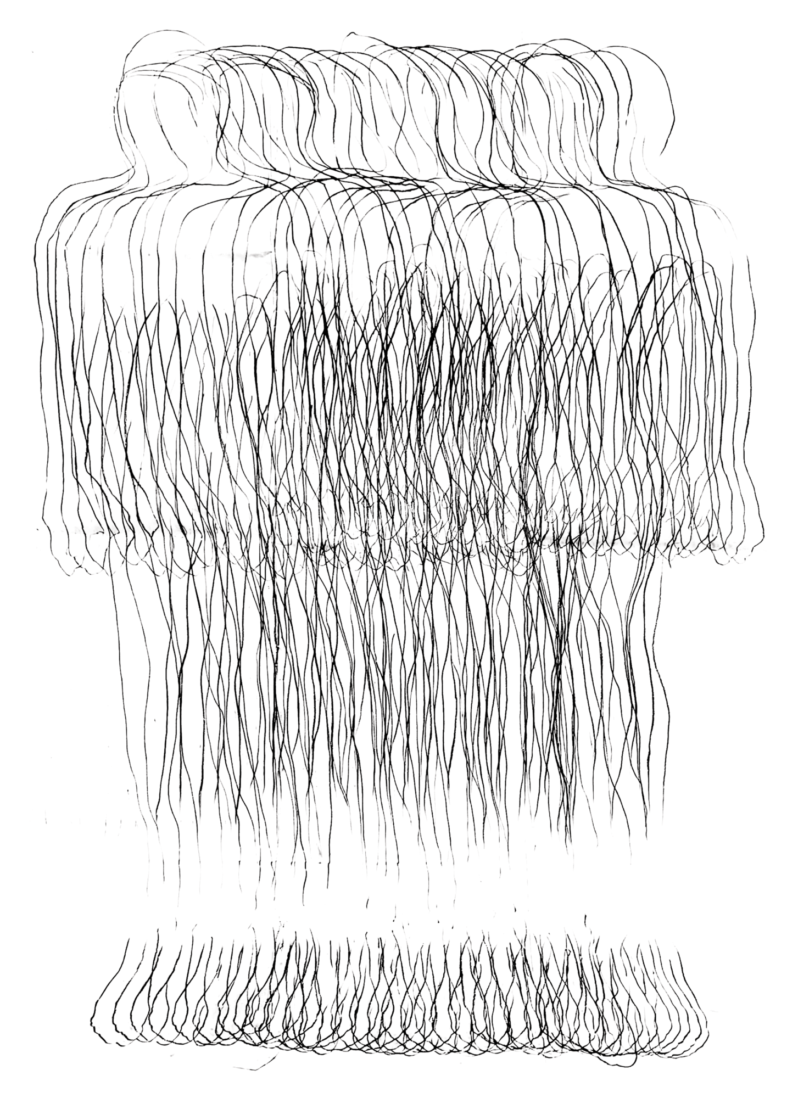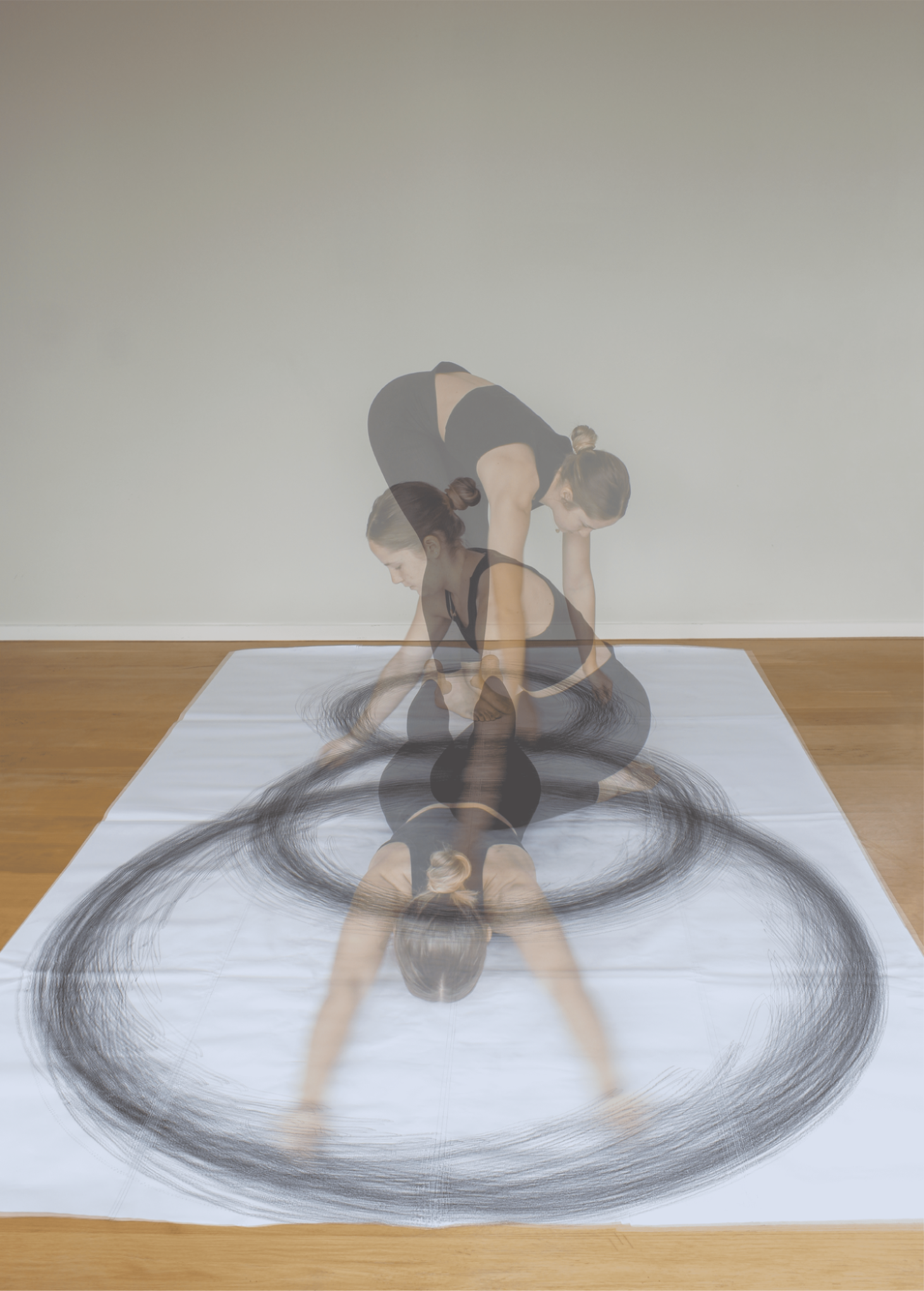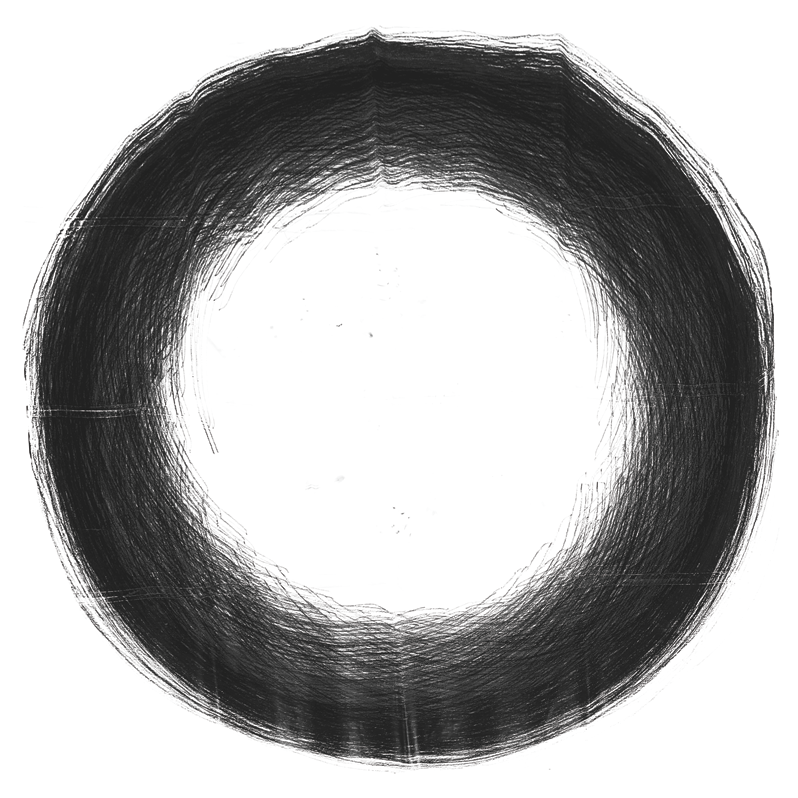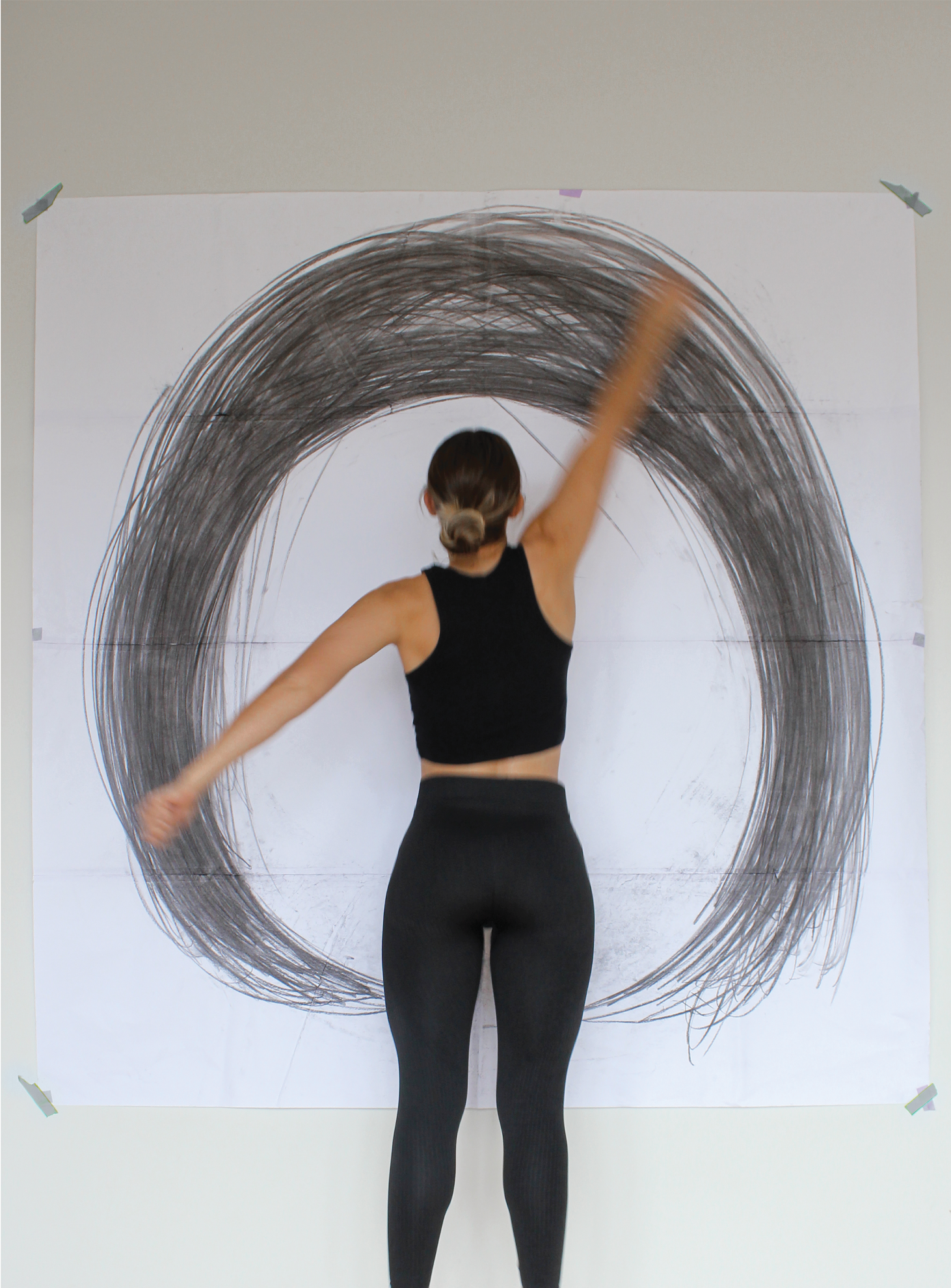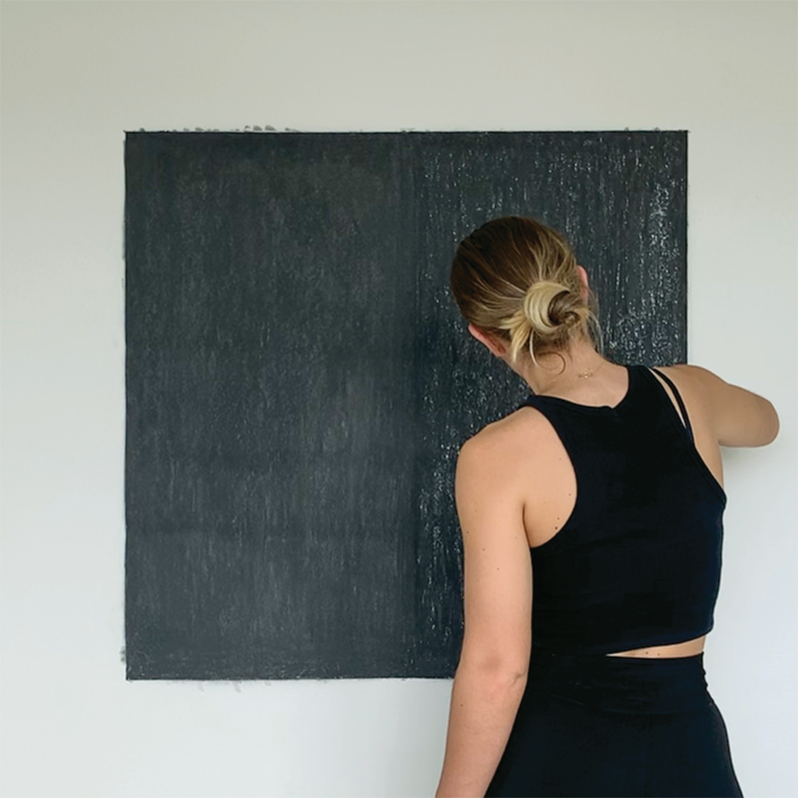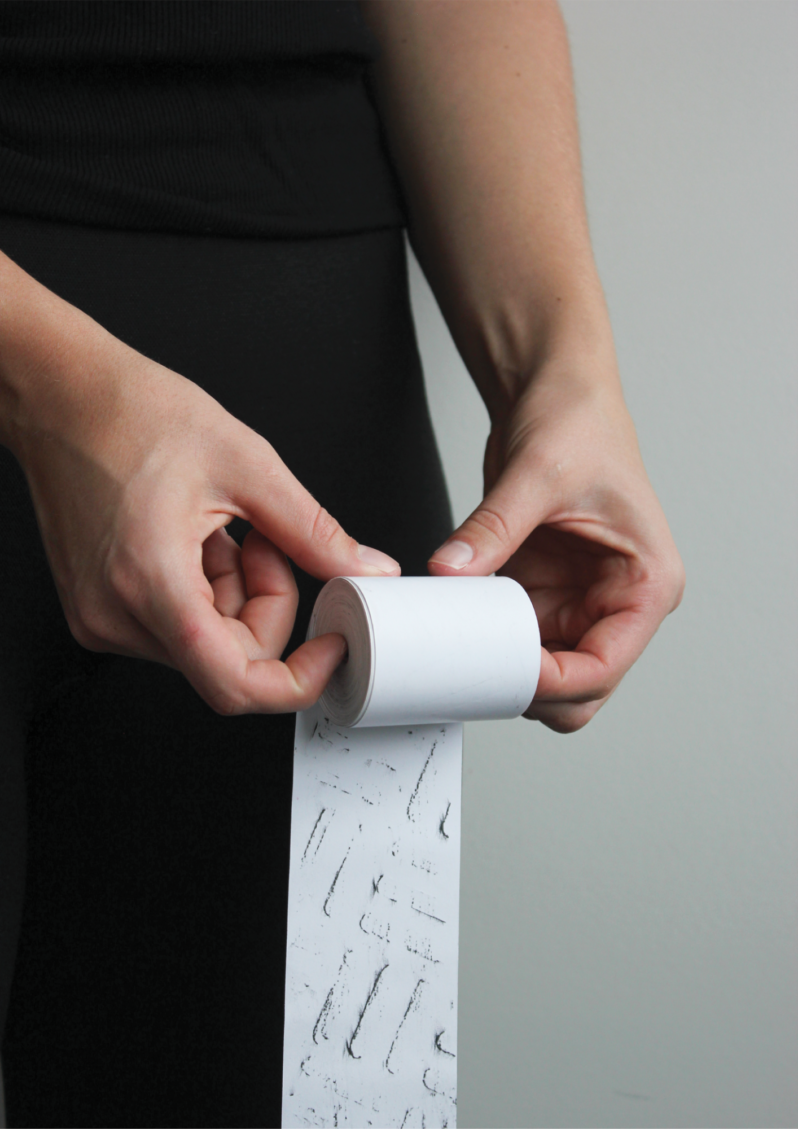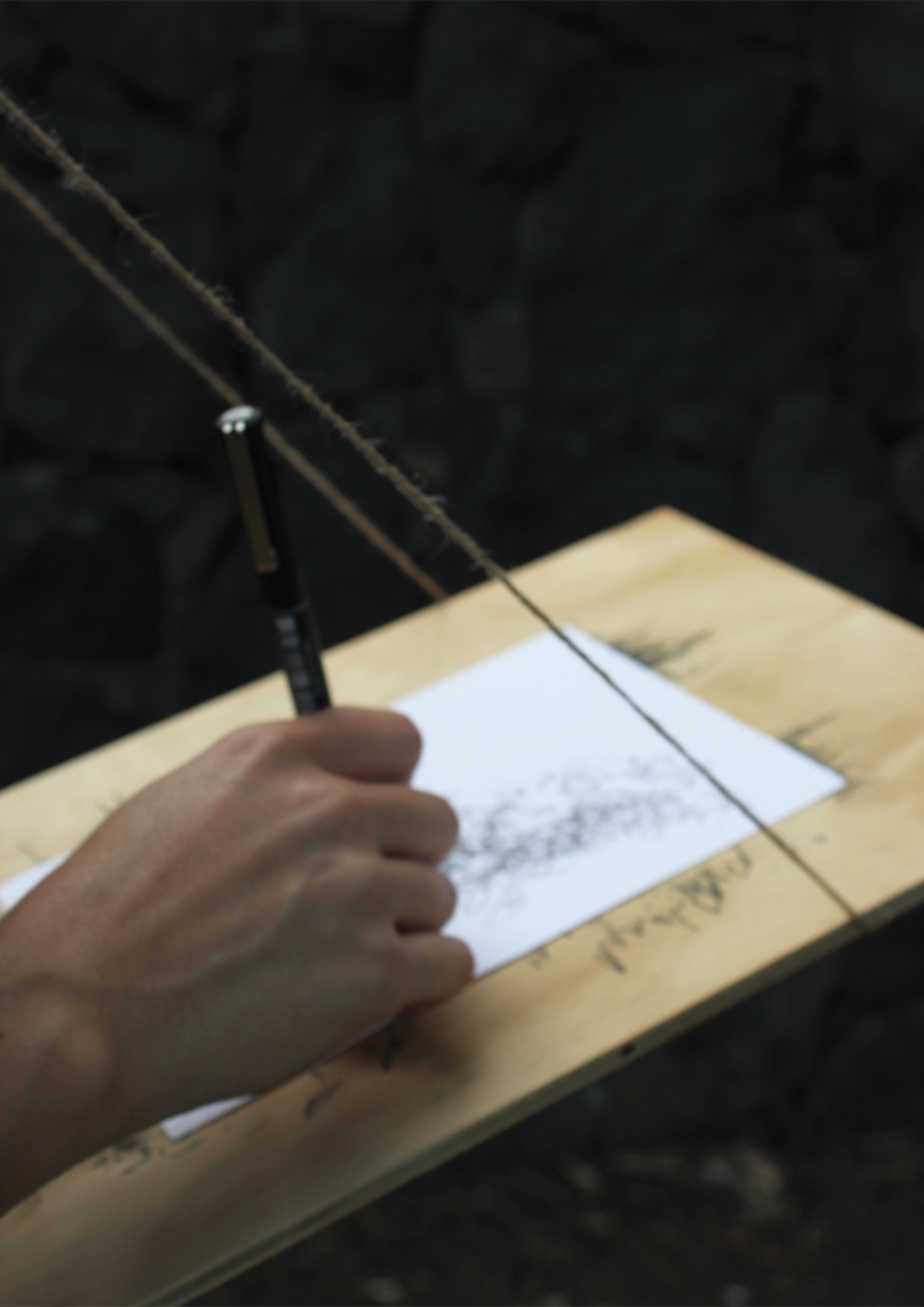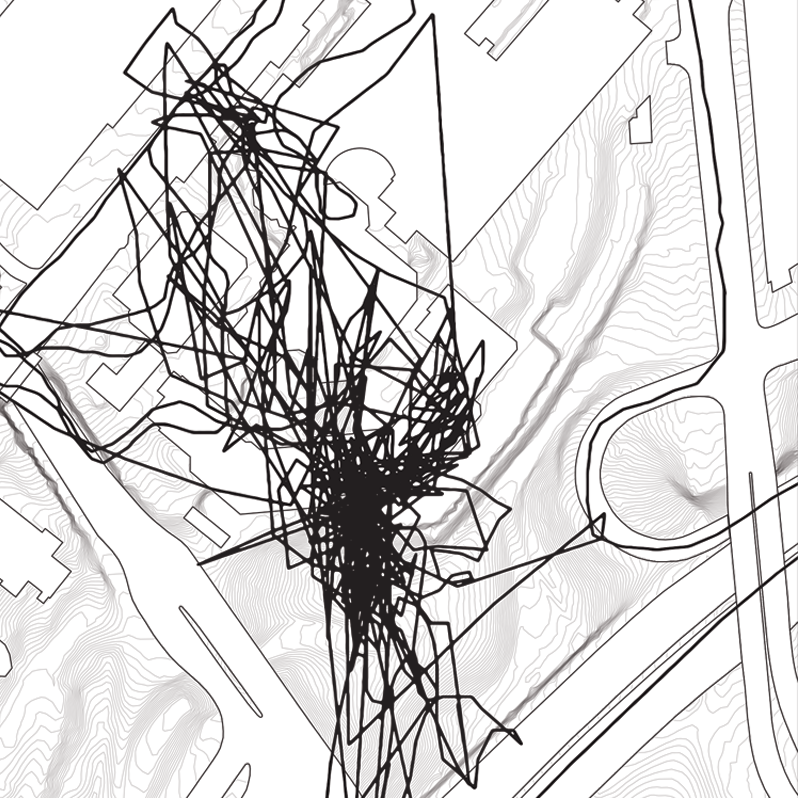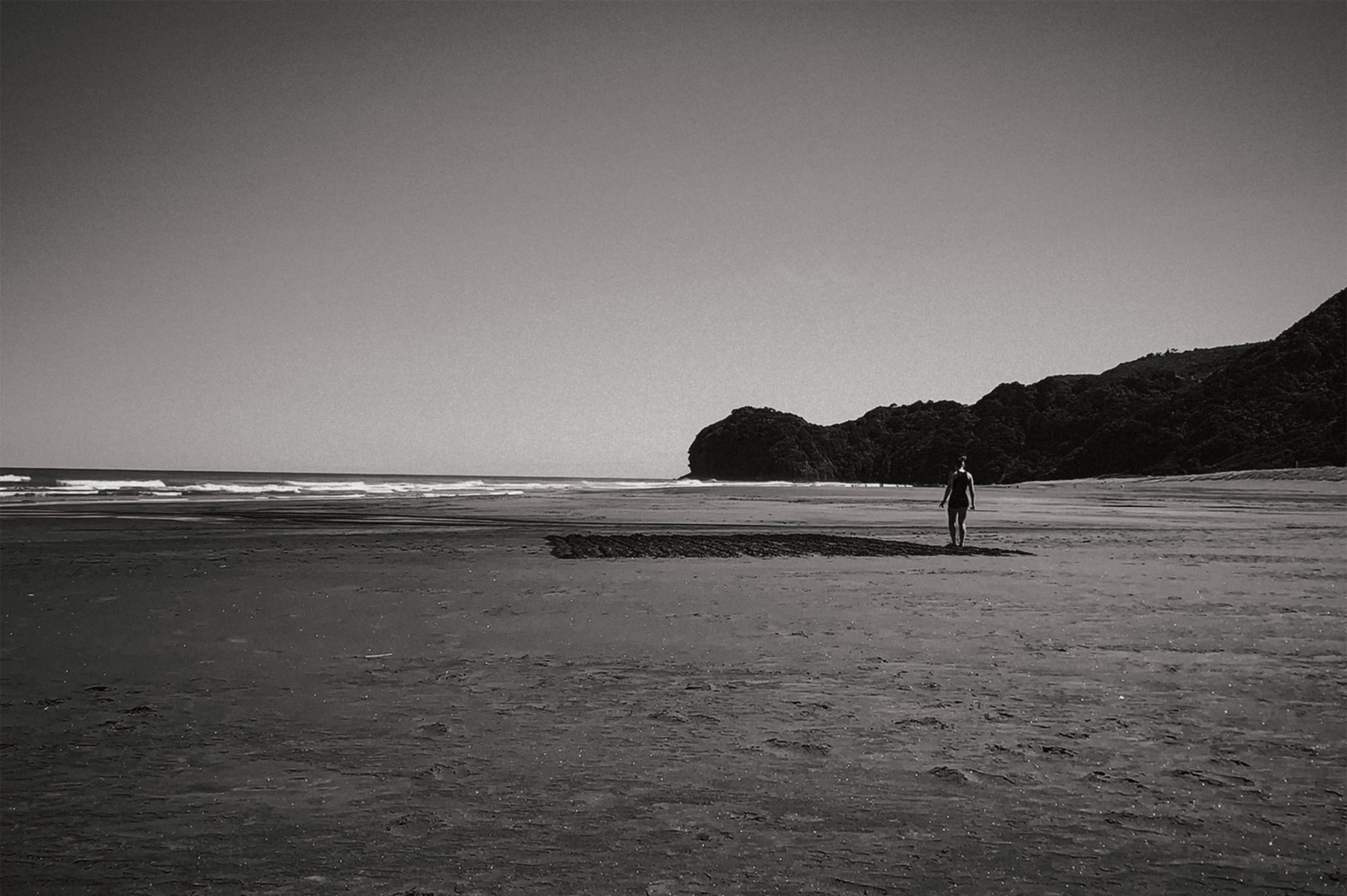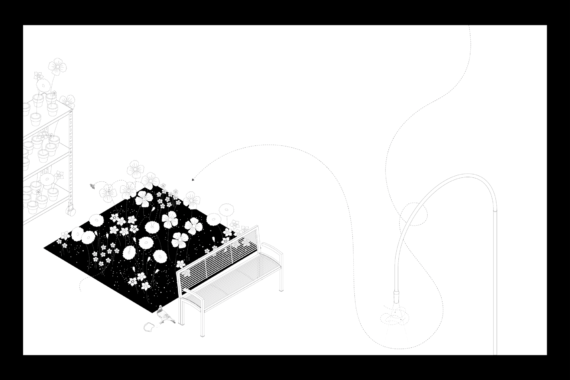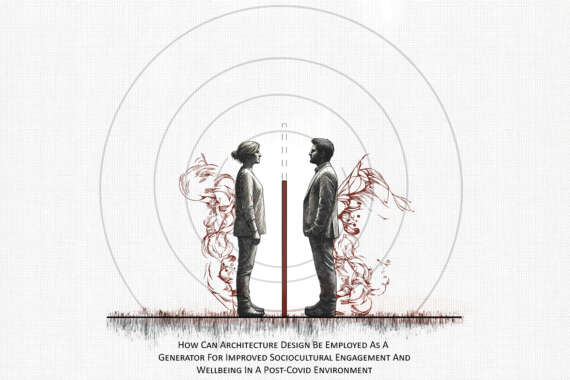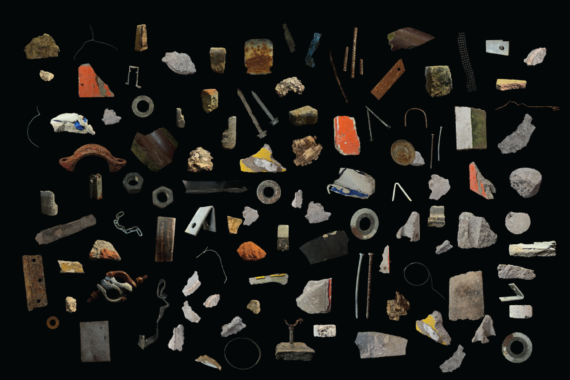Architectural Drawing: It is an Action
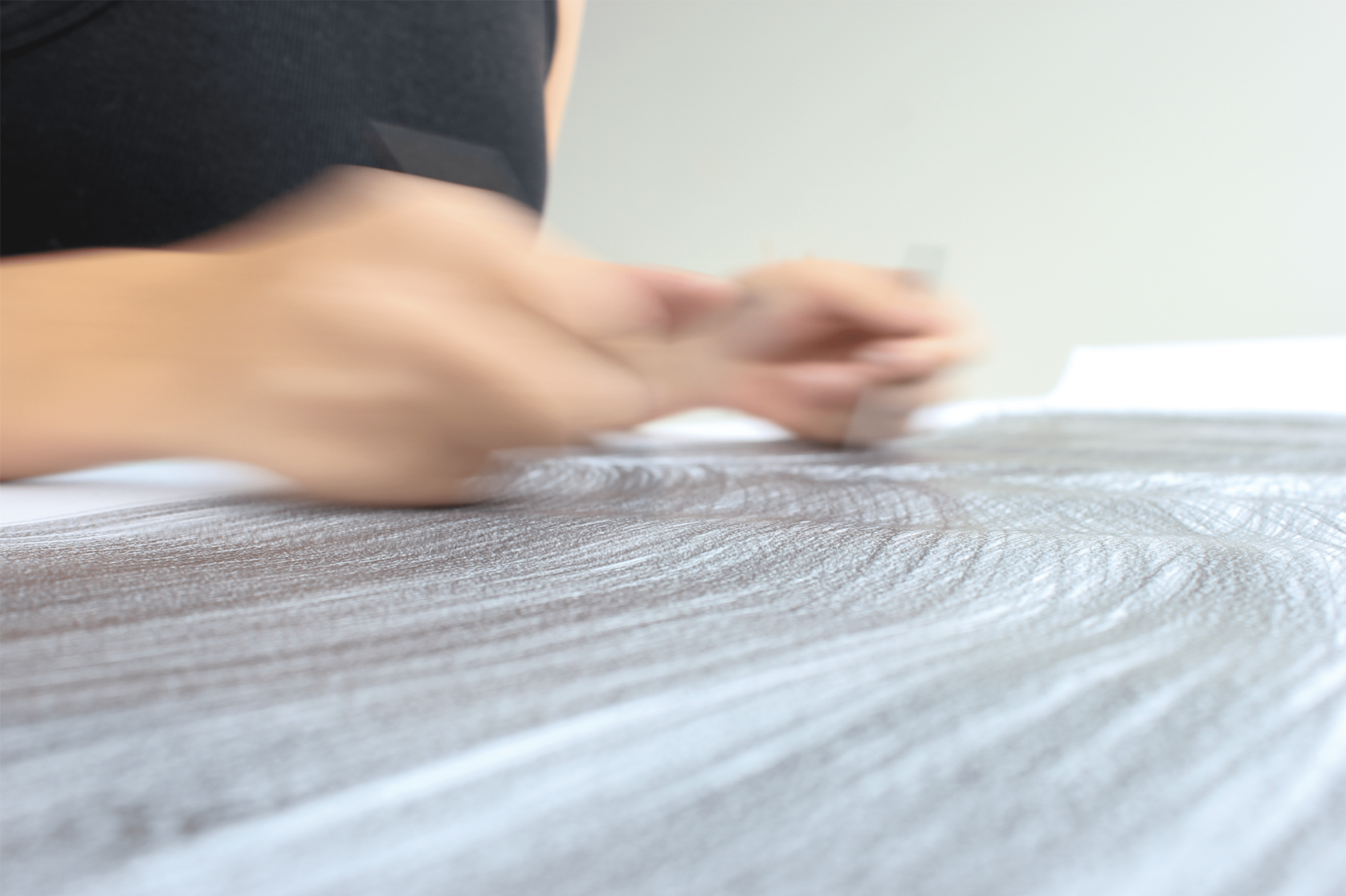
There is a long-held relationship between the body and architectural drawing. From the architect being perceived as a master builder, to Vitruvius's belief of the ideal body being a measure of architecture and to the present day where we imaginatively occupy the drawing. Over time with the development of paper, cartesian rationalism, and finally, computer-aided drafting, the presence of the body has been suppressed. Architectural drawing often embraces alternative approaches and perspectives to broaden its practices; therefore, this thesis draws upon performance art. It considers performance art's use of the performative beyond a theatrical act to position architectural drawing as performative. It becomes a process of revealing the body and its movements in time and space to question where the architect's body, the being responsible for bringing the drawing into existence, is perceivable in architectural drawing.







